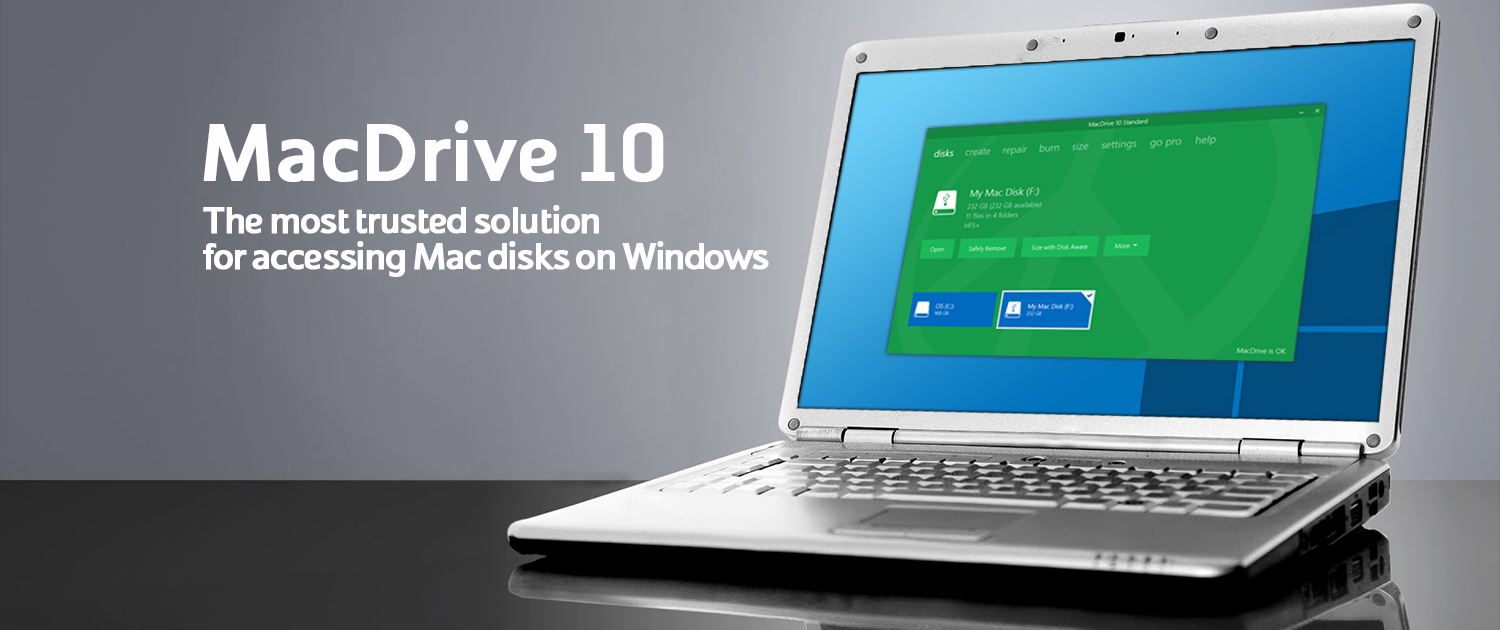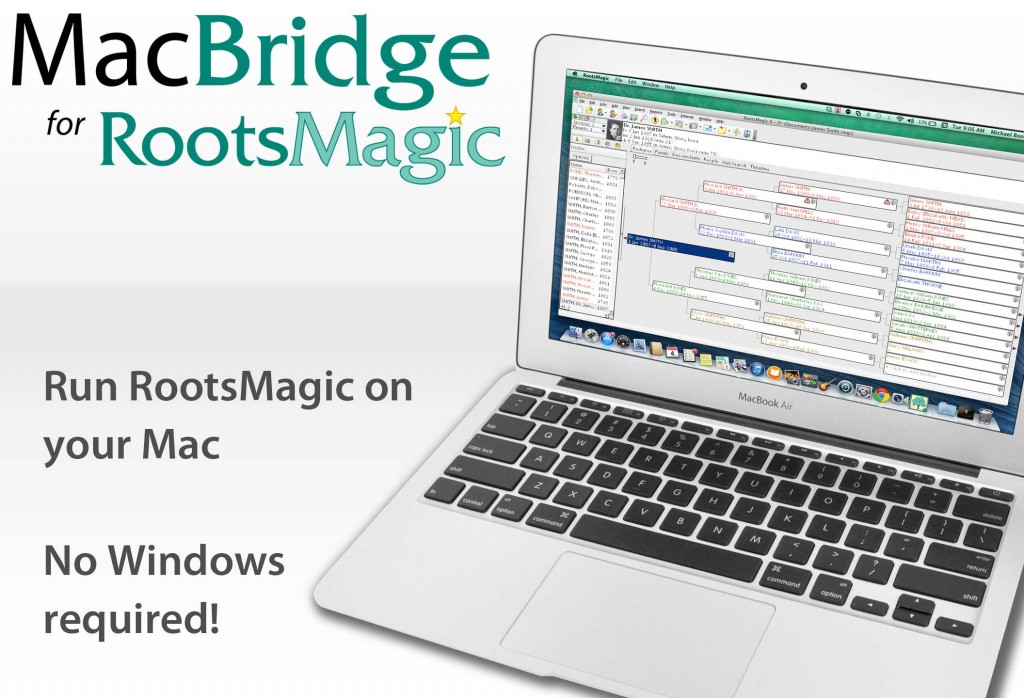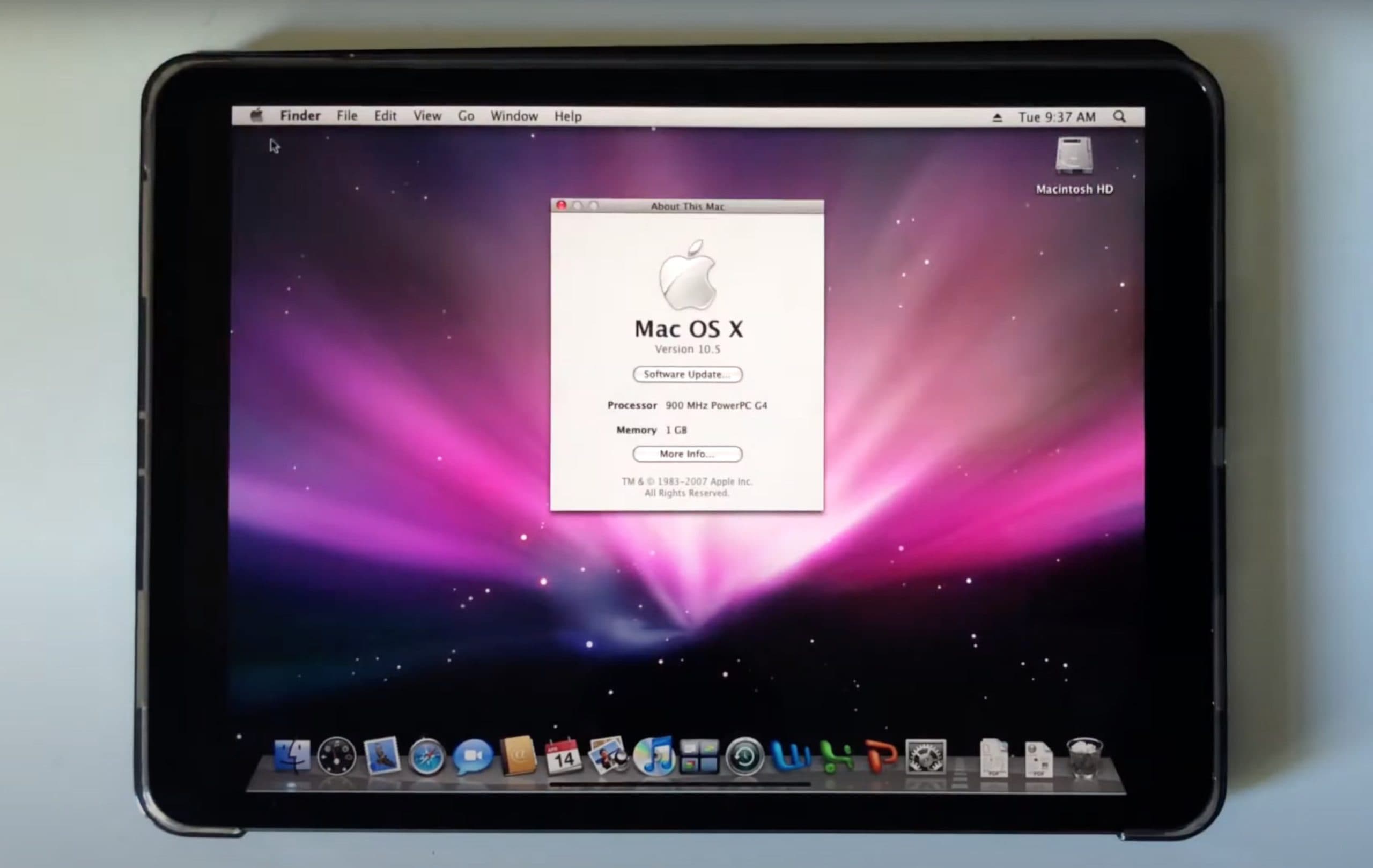

- #How to natively run mac on windows how to#
- #How to natively run mac on windows install#
- #How to natively run mac on windows drivers#
- #How to natively run mac on windows update#
- #How to natively run mac on windows full#
#How to natively run mac on windows install#
To run Windows in a virtual machine on Mac, you need to install virtualization software. This way, you can easily access both operating systems at the same time and transfer files between them without restarting your Mac. In addition to installing Windows alongside macOS on your hard drive, you can also run Windows in a virtual machine directly from macOS. We recommend you familiarize yourself with Boot Camp Control Panel so that you can configure your keyboard, mouse, trackpad, and other hardware used with your Intel-based Mac. To switch between Windows and macOS, simply restart your computer and then press and hold the Option key during startup.
#How to natively run mac on windows drivers#
Follow the instructions to set up drivers and everything else necessary to dual boot Windows on a Mac computer.
#How to natively run mac on windows how to#
You also need 64 GB or more free storage space on your Mac startup disk, a Windows 10 disk image (see the How to Get Windows for Mac chapter), and a USB flash drive with a storage capacity of 16 GB or more (unless your Mac doesn’t need a flash drive to install Windows). This list DOESN’T include Macs with Apple’s M1 chip because Boot Camp only works on Intel-based Macs.

Then, you are required to logged-in with the previously defined ID and Password in the GUI. Run the following command sudo /etc/init.d/xrdp start Step-7:įinally, the xrdp server has started, then open up the remote command connection (RDP) prompt using mstsc and connect to 127.0.0.1:3390. Now it is time to start up the xrdp server to connect to the XFCE desktop manager using Remoteĭesktop. Prompted and hit Y to proceed with the download and install. Enter your password you created in the previous step when Run the following command to install wget which is a utility that can download files over HTTP. Now we need to set up the XFCE desktop manager but need to install some utilities first. Since this version of kali Linux will be in command mode out rightly. To prevent these errors, add Windows Defender exclusion for the Kali Linux folder. It might be possible that the Windows Defender could treat or detect Kali repository as viruses or malware and blocks some portion of the program.
#How to natively run mac on windows update#
When all set, the important first thing don't forget is to add the kali Linux repository in the /etc/apt/source.list file and then update it just like any Linux system with the following command.

With that done, you'll be prompted to create and configure a Kali Linux username and password. So, to enable the root privilege, hit the following commands. The user will be prompted every time to enter the root password for the configuring the package since the default version of Kali Linux in the windows-10 OS installed without root permission. Once your system has rebooted and you've logged back into your account, launch the Kali from the Cortana bar. It will ask for system reboot after the package download it will install automatically. And from there, click "Get" to begin installing. Enable-WindowsOptionalFeature -Online -FeatureName Microsoft-Windows-Subsystem-Linux Step-2:ĭownload the 'Kali Linux' Application from the Microsoft Store by searching for "Kali Linux" on the list. To do so, run the PowerShell with administrator rights and hit the following command. Installation the Windows Subsystem for Linux Step-1: This means that you won't be able to put a Wi-Fi adapter in promiscuous mode (or monitor mode), and tools that require raw sockets to function properly won't work, such as Nmap. Specifically, WSL does not support AF_PACKET for security restrictions.
#How to natively run mac on windows full#
While this is a step in the right direction for Microsoft, it's not quite there yet in terms of full functionality. Limitations of Windows Subsystem for Linux Microsoft has introduced the WSL Subsystem for Linux, which lets users run their favorite Linux distributions directly from Windows 10 without dual-booting or using a virtual machine.


 0 kommentar(er)
0 kommentar(er)
